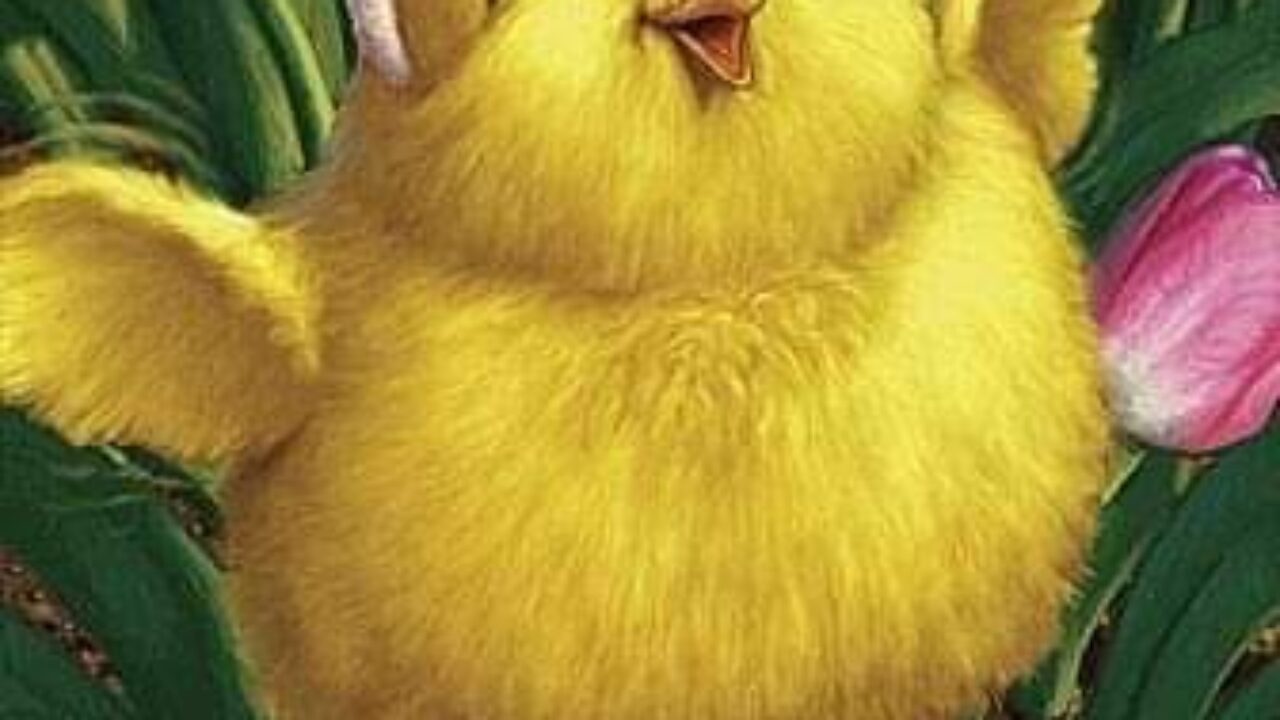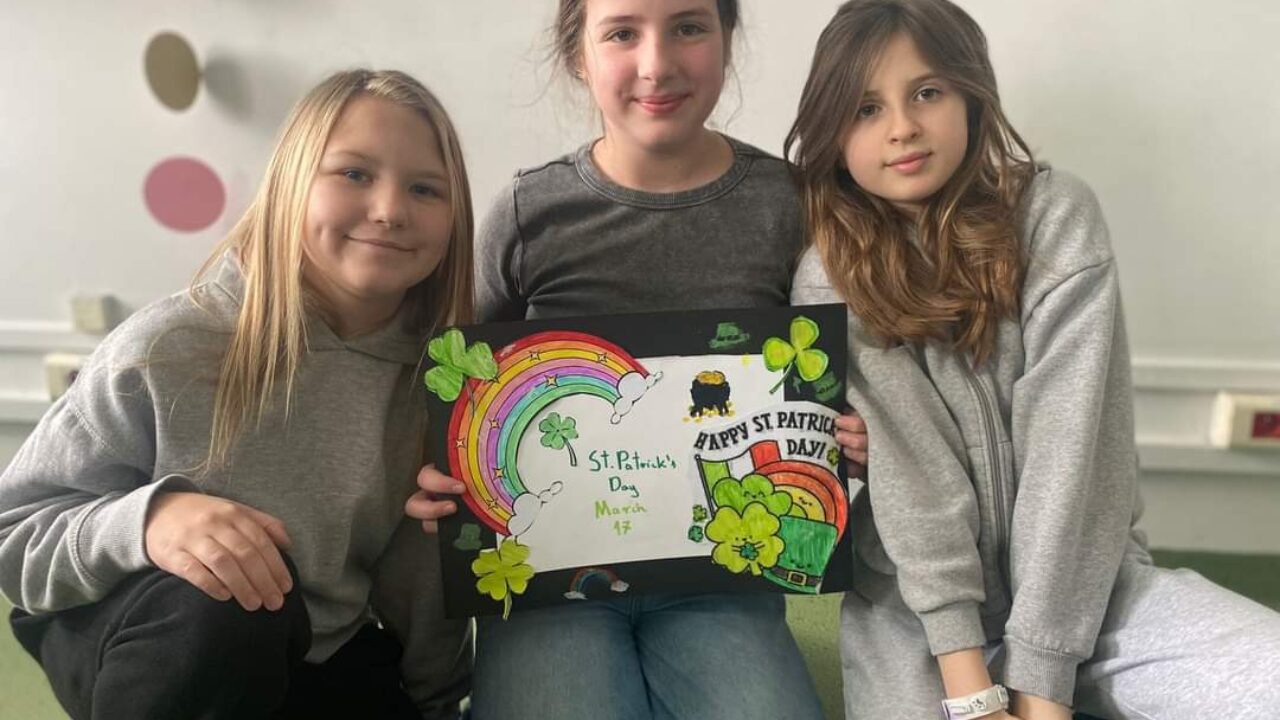
A visit to a bookstore
Mr. Piotr, the owner of the Toniebajka Bookstore, took the students of class 3a on a journey into the world […]

Parent! Let your child experiment. Let him look for the most effective way of acquiring knowledge suitable for himself. 🙂
What are we talking about? 🙂 For many of us adults, it is difficult to reconcile with watching a child “instead of reading test notes, he wanders around the room”. Several times already, frightened parents knocked on the door of my office, asking: “Mrs. Ola! What to do ?!”. Most of my answers will be the same – let it spin around the room. 🙂
The topic of learning is a vast area. Today, briefly, I will introduce one thing.
In the simplest division, there are 3 basic learning styles: visual, auditory and motor.
1️⃣ Visual learners use the material best perceived with the eye. They use colored highlighters, draw diagrams, create tables, graphics, draw on notebook pages and are able to recall what the page in the notebook from which they learned a given material looked like.
2️⃣ Auditory learners are great at remembering the things they hear, so they often talk to each other while learning, they like audiobooks, interesting presentation of the material in the video, they are great at discussions, brainstorming, and even arrange songs or rhymes from the word list to remember.
3️⃣ Kinesthetics, i.e. the third group, benefit from movement. They demonstrate concepts with the help of faces, movements and gestures. They clap, stomp, dance, walk and jump around the room. They spread little notes with words all over the apartment. And it’s completely normal 🙂
We are often used to the pattern that we learn only when we sit at a desk bent over a book or notebook. The fact that our child moves, sings or draws during the learning process does not always mean that he is not preparing for a lesson or test. We can easily check whether a child, when asked about something during these activities, knows what to answer. He knows what is discussed in the lesson, he can quote the plot in the audiobook he listened to, he is oriented in the list of words that should be learned. Let’s check which form suits our children best. Let us encourage exploration. For the use of quizzes, flashcards, exercise games, nursery rhymes, drawings, etc. Let’s trust them, ourselves and the process, which does not have to be tedious and boring. 🙂
Mrs. Ola

Mr. Piotr, the owner of the Toniebajka Bookstore, took the students of class 3a on a journey into the world […]

Comment s’est passé deuxième journée en France? Let’s take a look at what’s going on with our travelers in Paris. […]

We are pleased to announce that our school has received the Bydgoszcz Ecological Grant 2024 for the second time. It […]

Happy Easter! Filled with: -the sweetness of kind words, -the warmth of the presence of loved ones, -a fresh wind […]

Dear friends, we invite you to watch the video of Werka Binkowska’s participation in Cavaliada. Congratulations! Film

On the 17th of March, we celebrated Saint Patrick’s Day. Let’s take a sneak peek into the memories of class […]